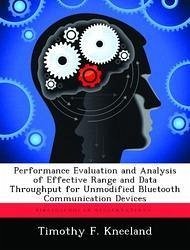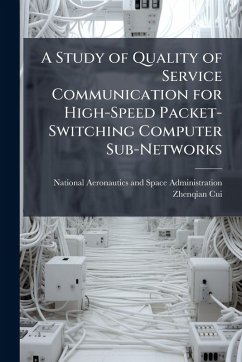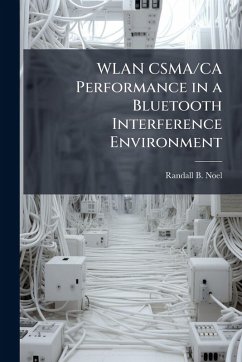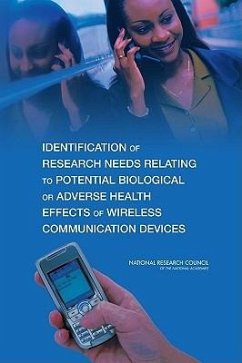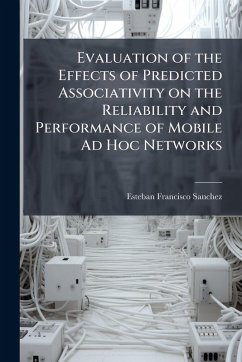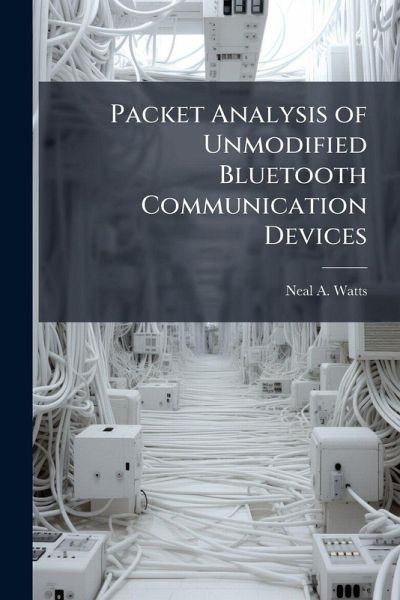
Packet Analysis of Unmodified Bluetooth Communication Devices
Versandkostenfrei!
Versandfertig in über 4 Wochen
15,99 €
inkl. MwSt.
Weitere Ausgaben:

PAYBACK Punkte
8 °P sammeln!
Bluetooth technology has potential for widespread use within the Department of Defense and the Air Force. An office environment using Bluetooth technology can wirelessly connect computers, printers, and other office equipment in order to share information over short distances. The clutter and annoyance of cables connecting equipment can be eliminated. Bluetooth provides a standard interface for connection, as opposed to many different proprietary cables. The research is conducted indoors in a climate controlled environment, with minimal obstructions, to closely follow free-space signal propaga...
Bluetooth technology has potential for widespread use within the Department of Defense and the Air Force. An office environment using Bluetooth technology can wirelessly connect computers, printers, and other office equipment in order to share information over short distances. The clutter and annoyance of cables connecting equipment can be eliminated. Bluetooth provides a standard interface for connection, as opposed to many different proprietary cables. The research is conducted indoors in a climate controlled environment, with minimal obstructions, to closely follow free-space signal propagation. Four different antenna orientations are used. The factors varied are the distance between devices, and the antenna orientation. This research determined that two of the four cards tested have a specific distance where a change from Data High rate packets and Data Medium rate are used. This work has been selected by scholars as being culturally important, and is part of the knowledge base of civilization as we know it. This work was reproduced from the original artifact, and remains as true to the original work as possible. Therefore, you will see the original copyright references, library stamps (as most of these works have been housed in our most important libraries around the world), and other notations in the work. This work is in the public domain in the United States of America, and possibly other nations. Within the United States, you may freely copy and distribute this work, as no entity (individual or corporate) has a copyright on the body of the work. As a reproduction of a historical artifact, this work may contain missing or blurred pages, poor pictures, errant marks, etc. Scholars believe, and we concur, that this work is important enough to be preserved, reproduced, and made generally available to the public. We appreciate your support of the preservation process, and thank you for being an important part of keeping this knowledge alive and relevant.



